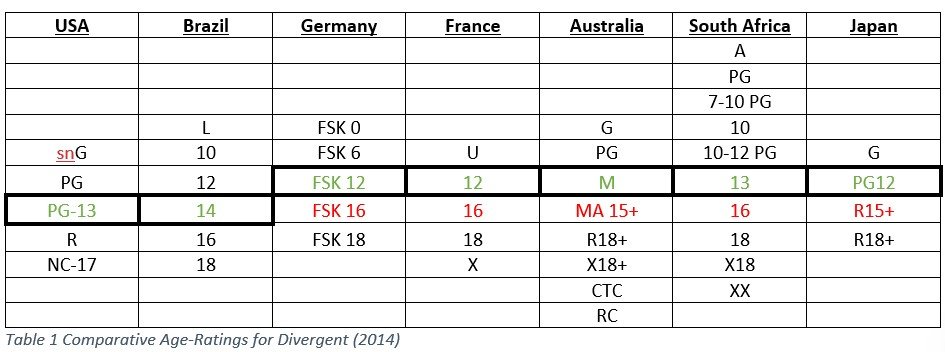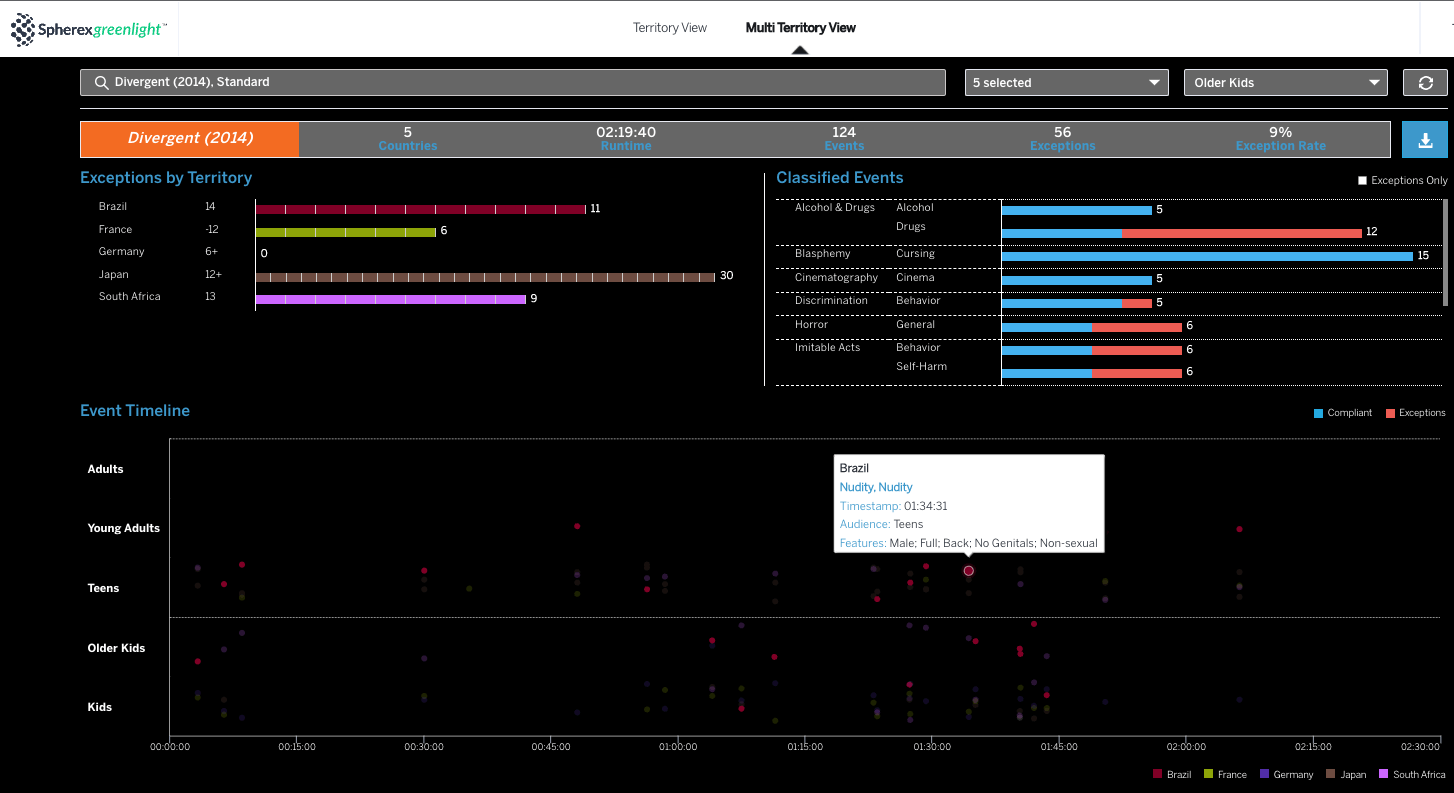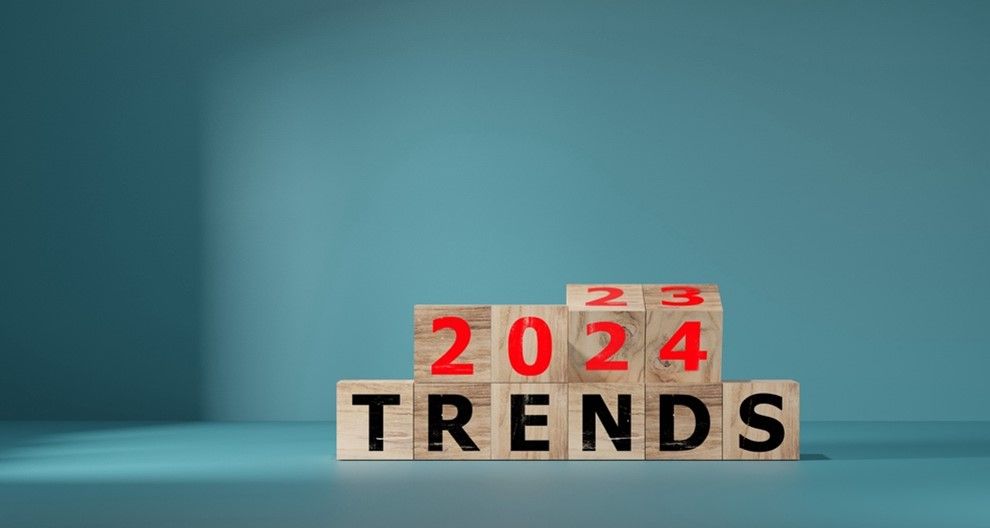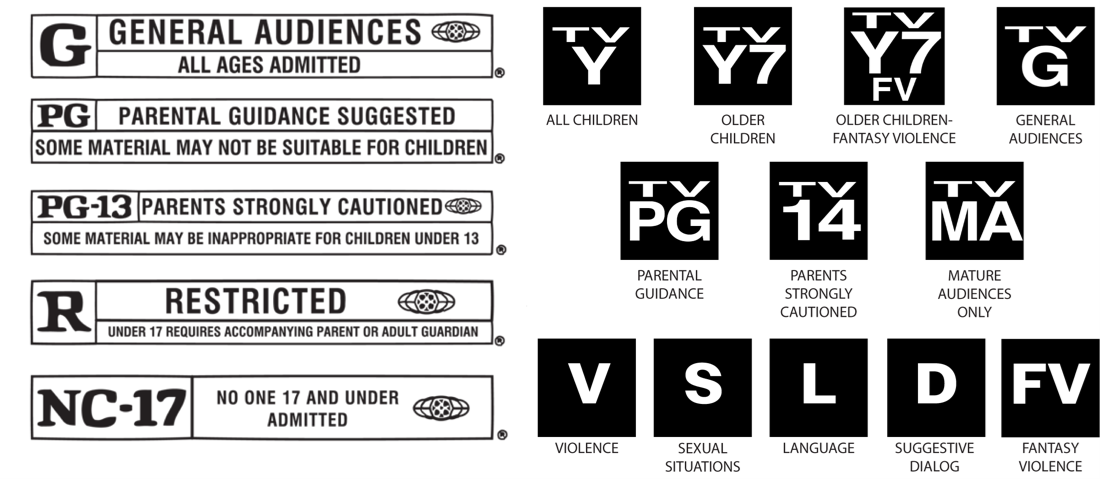Why Self Rating Isn't Wise
Does this scenario sound familiar? You have a catalog of hundreds or thousands of titles you’re about to release onto a major streaming platform. Many titles are old TV shows and films ranging from kids’ animated movies to action dramas containing violence and fighting. Others are recent releases that include well-known titles. The platform is available in multiple countries that require age ratings. You think, “I’ve got nothing to worry about” because all your films have U.S. theatrical ratings, and the TV shows have ratings for each episode. If you don’t have age ratings for all countries, you can look up the US rating and apply a comparable foreign rating. How hard can it be, right?
If only.
Here’s the problem. Most professionals working in international distribution understand that many of the world’s major film and TV markets require country-specific age ratings before airing or releasing it. They may not be aware that there are sometimes nuanced and significant differences in how age ratings are defined and applied to a movie or TV title. Getting it wrong can mean your title reaches a smaller audience, which can directly impact revenue and minutes watched.
In a previous blog post, we’ve documented the differences between movie and TV ratings. We encourage you to read it to familiarize yourself with the differences between the two. A key point of that post is that TV and theatrical audiences are different in both size and access. The ratings reflect those differences. For example, the “G” rating is applied to all US films acceptable for any age level. TV, conversely, because of the broad range of programming available, is broken into four: “TV-Y,” “TV-Y7,” “TV-Y7 FV,” and “G.” Likewise, NC-17 content is available in theaters and age-restricted online channels, but not on linear TV. As a result, there is no comparable rating to NC-17 for television.
It gets more complicated with film because there are distinctly different age categories a title must fit, but cultural and linguistic norms must be considered as they can affect a rating. The table below provides examples of film age ratings across seven countries and how they align with those used in the US. As you can see, there are few countries with straight-line comparable age ratings (shown in red) with similar content criteria to those created by the MPA.

Considering the film “Divergent,” a US PG-13 rated title, self-rating it for other countries by simply following a row in a ratings chart would rate the film as a 15+ title in Australia and Japan, and a 16 in Germany, France, and South Africa. While a two- or three-year difference may not sound significant, it is when it blocks several million viewers from the potential audience.
In Germany, the difference in the potential audience from a “12” to a “16” is approximately 2.6 million youth. In France, the audience difference is 3.3 million youth. The average French movie ticket price is $13.33, so self-rating as a “16” means a potential loss of $44 million in box office revenue. From a streaming standpoint, if parents have specific age ratings enabled in their children’s profile, that title won’t appear in their search results even though it is age-appropriate. Either way, self-assigning an uninformed age rating risks less revenue, bad press, and a smaller audience.
Awareness of the problem isn’t enough to adequately address it. Distributors may not know the many factors that regulators and consumers consider when choosing a title to view. Examples include alcohol and drug use, blasphemy, discrimination, violence, sexuality, horror, and imitable acts, each of which must be identified and examined to determine their suitability for international audiences. There are also concerns about language, metaphors, slang, and cultural references. To do this properly requires knowledge of those events and the skills to know how much they will matter to regulators and viewers.
Below is a screenshot from Spherexgreenlight™ AI/Ml product to demonstrate how complex this is. The graphic below displays the events within “Divergent,” including timestamp flags and a description that can affect a title’s ratings for a given country.

Across the entire film, Greenlight mapped 124 identifiable event types and 56 that will change in-countries ratings (aka "exceptions"). This means there are 56 events that someone working at the distributor must know about and be willing or able to address in a post-production process that impacts the title’s rating, including making edits, blurring scenes, or deleting the scene altogether.
While the desire to cut costs and self-assign ratings quickly is understandable, the risks outweigh the rewards. Analyzing the event types across a single title, it becomes clear that simply drawing a straight line across a ratings chart cannot reliably provide ratings that platforms, regulators, or audiences will accept. Whether your catalog has dozens or thousands of titles, ensuring appropriate ratings for each title is a critical step in guaranteeing your titles are findable, age-appropriate, and enjoyed by viewers worldwide.
Related Posts


SILICON VALLEY
2336-H Walsh Ave.
Santa Clara, CA 95051
+1(408) 550-2344
LOS ANGELES
3900 W Alameda Ave.
Burbank, CA 91505
+1(310) 496-7307









